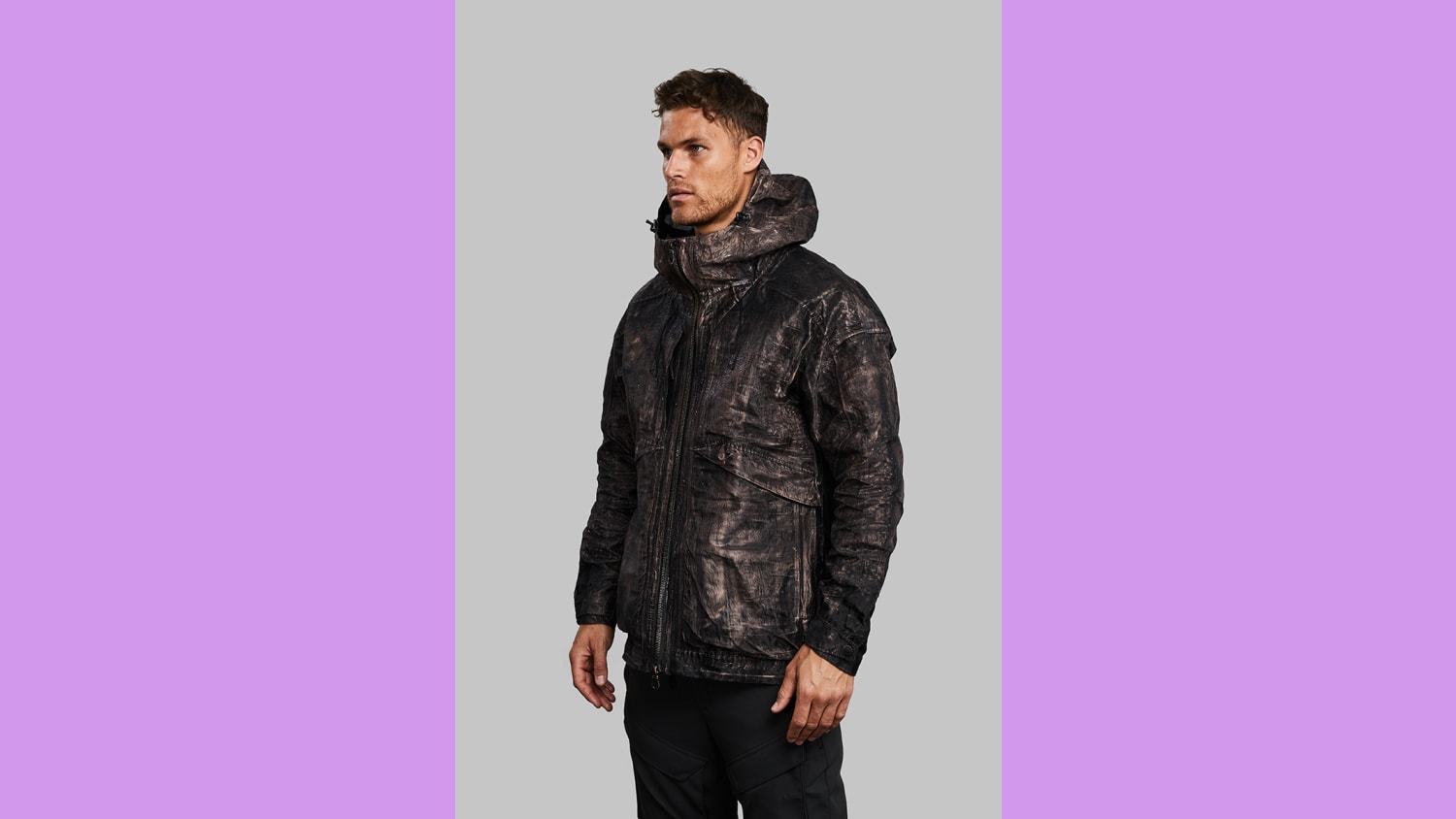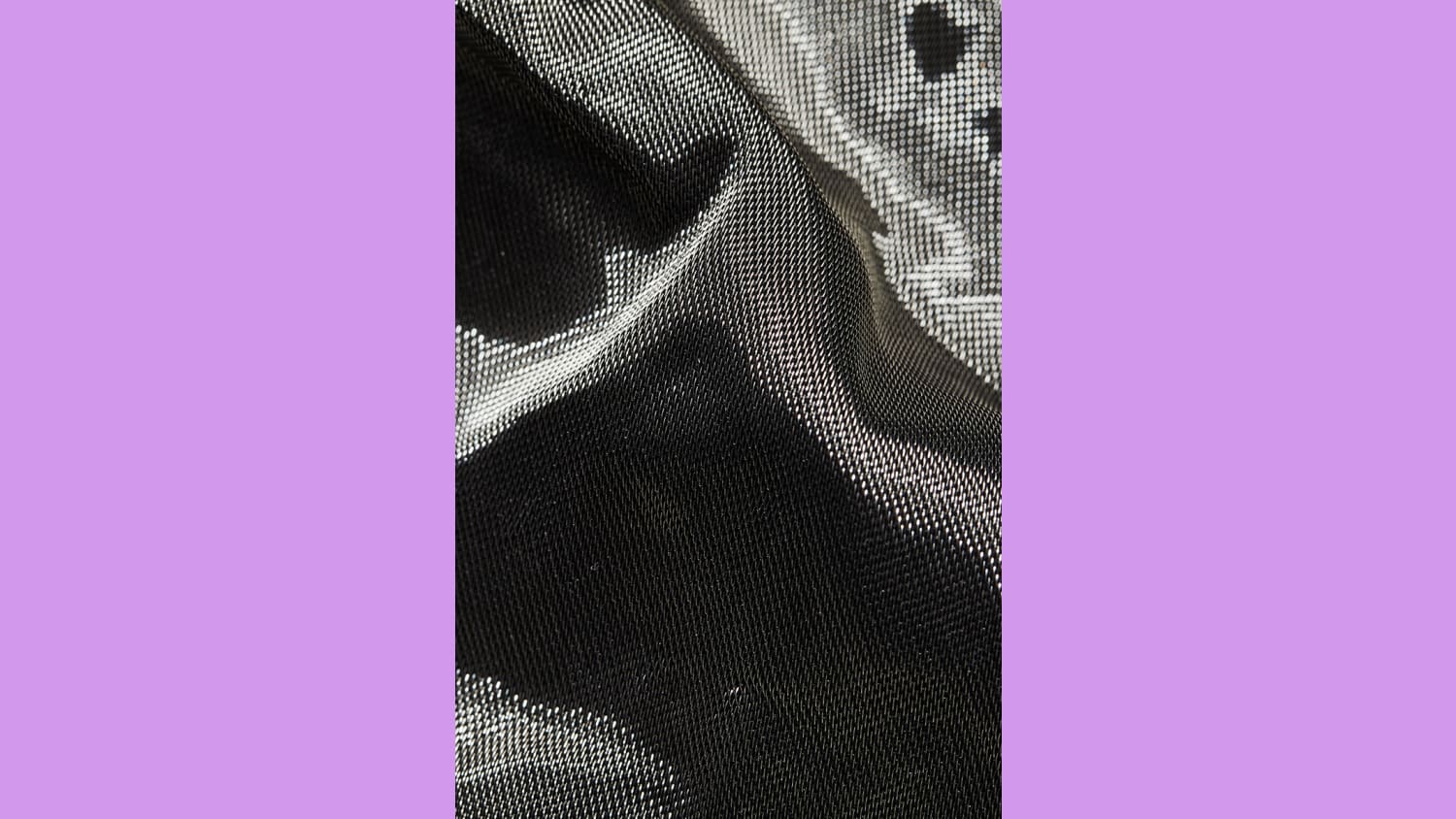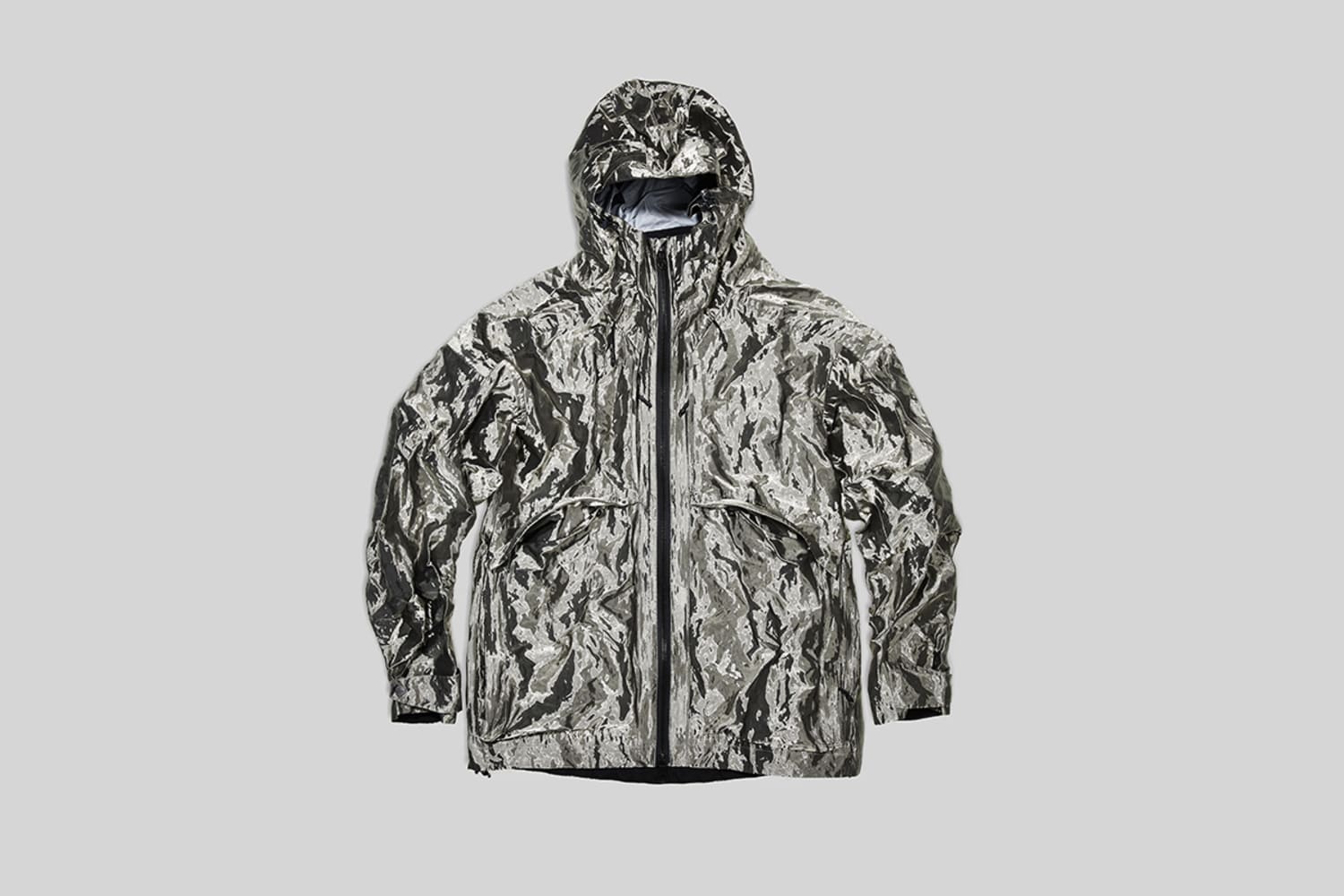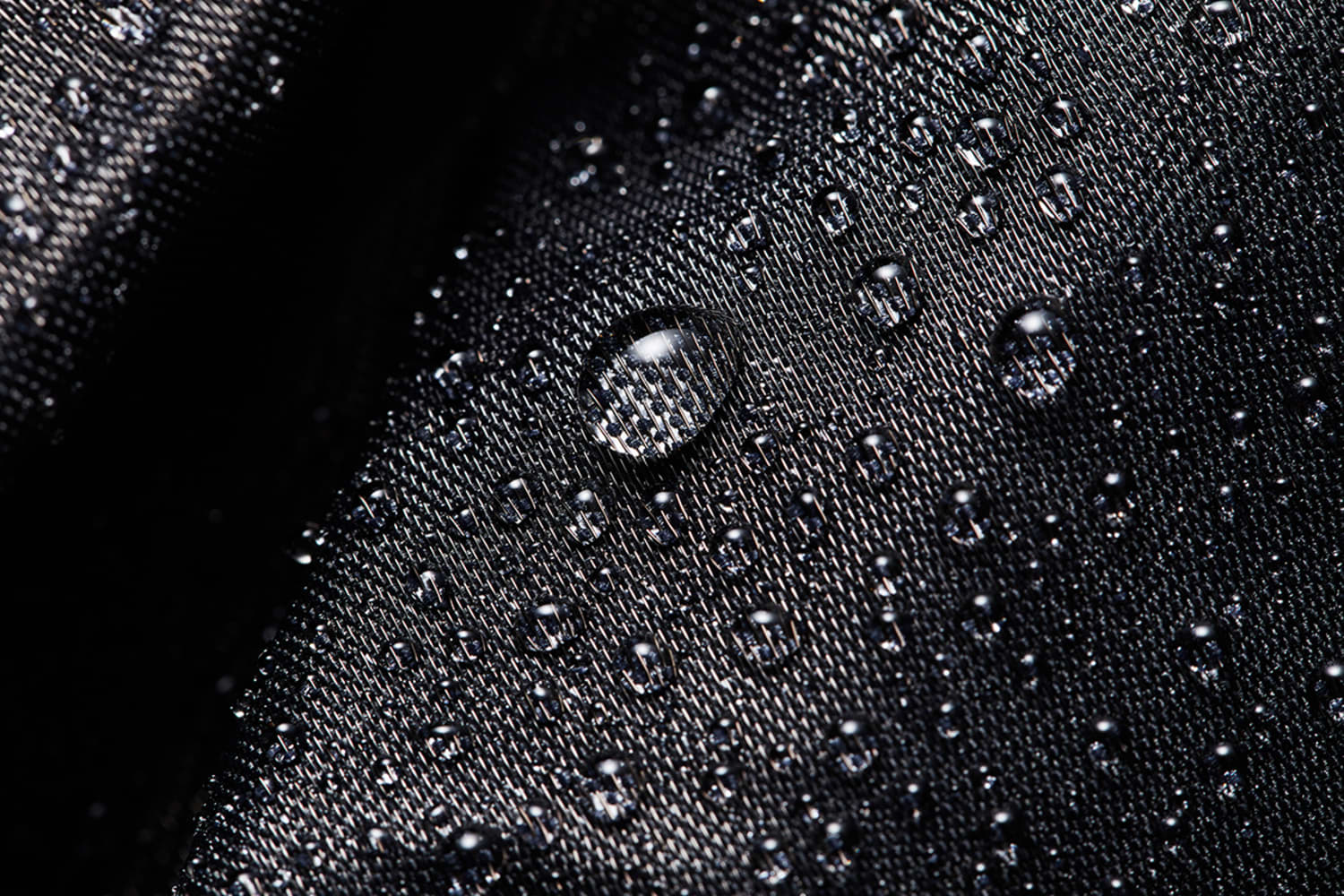From athletics to homewares to fashion, designers and manufacturers are starting to consider how materials and textiles can be leveraged as protective measures against viruses and bacterial contaminants. Will the future be constructed with virus-proof surfaces and antiviral materials?
New textiles and materials offer an added layer of protection.


One expert certainly thinks so. “The antimicrobial textile market is going to be one of the rare markets that is not only having a short-term bounce from the COVID pandemic, but will experience long-term growth,” Scott Pantel, CEO of Life Science Intelligence, an independent medical technology analysis firm, told Fast Company. “Companies like Google, Amazon, and Microsoft are all coming into the healthcare space, and consumer demand for antimicrobial material is going to be massive.”
Antiviral sand could be a requirement for beach volleyball tournaments in the future. In June, the World Athletics’ Health and Science department released guidelines for athletic events to help prevent the spread of COVID-19 during competition. Among its recommendations is the use of antiviral sand in courts and jumping pits; to achieve this, the sand would be mixed with a solution that contains a biodegradable and non-skin-aggressive virucide agent to kill contaminants.
At home, bed linens and window treatments are protecting inhabitants. In June, textile manufacturer Vision Support Services introduced Micro-fresh, a new antimicrobial technology that is applied to bed and bath linens to repel bacteria and viruses. The same month, UK-based textile and window blind manufacturer Style Group unveiled Antiviraltex and Aircleantex, two new fabrics that eliminate viruses on contact and filter out airborne contaminants, respectively.


High-end designers and manufacturers are exploring clothing that acts as a shield against bacteria and viruses. Italian luxury textile manufacturer Albini Group—who supplies to Kering, Prada and Armani—unveiled a new antiviral fabric in May. Called ViroFormula, the material, which was developed in collaboration with Swiss textile innovation firm HeiQ, is treated with chemicals in a process similar to waterproofing. “The fact that my travel suit is not just good for avoiding wrinkles, but also protects me from viruses…this is a feature that is very nice-to-have,” Albini CEO Fabio Tamburini told Vogue Business.



In May, visionary clothing designer Vollebak released a disease-resistant jacket woven with seven miles of copper, which is known for its virus killing and antimicrobial properties. The Full Metal Jacket, which retails at $1,095, is the company’s first step in exploring clothing that protects the wearer’s health.
Thinking several steps ahead, the company is also incorporating copper as a building block to create intelligent clothing for the far-future. “You can think of copper as a platform on top of which other innovation can be added—a bit like an operating system in a computer,” said Steve Tidball, co-founder of Vollebak. “The antimicrobial properties are great, but we’re also looking at materials we could layer intelligence on top of. Ultimately, we are trying to make intelligent clothing for the next century.”

This innovation has important implications for medical and care workers, too. What if personal protective equipment like masks and robes could prevent bacteria and viruses from adhering to their surfaces? New research out of the University of Pittsburgh proposes a washable fabric coating that repels blood, saliva and viruses to do just that. “One of the main reasons [for shortages] is because a lot of medical textiles are disposable. They’re single use—you use it once, then throw it away,” Paul Leu, coauthor of the research, associate professor of industrial engineering at the university, and head of the school’s Laboratory for Advanced Materials, told Fast Company. “Because our treatment is wash-stable, it could potentially be incorporated into reusable medical textiles.”
The pandemic has prompted a reevaluation of the public spaces and built environments that form the communal backdrop for daily life. Now, focus is honing in on more personal touchpoints. Tidball predicts that material innovation—for clothing especially—could transform everyday life. “Over the next 10 to 10,000 years, clothing has the potential to help us become stronger and faster and even live longer.”
Please provide your contact information to continue.
Related Content

VML Prague and KitKat offers a digital break with its new "Phone Break" campaign

